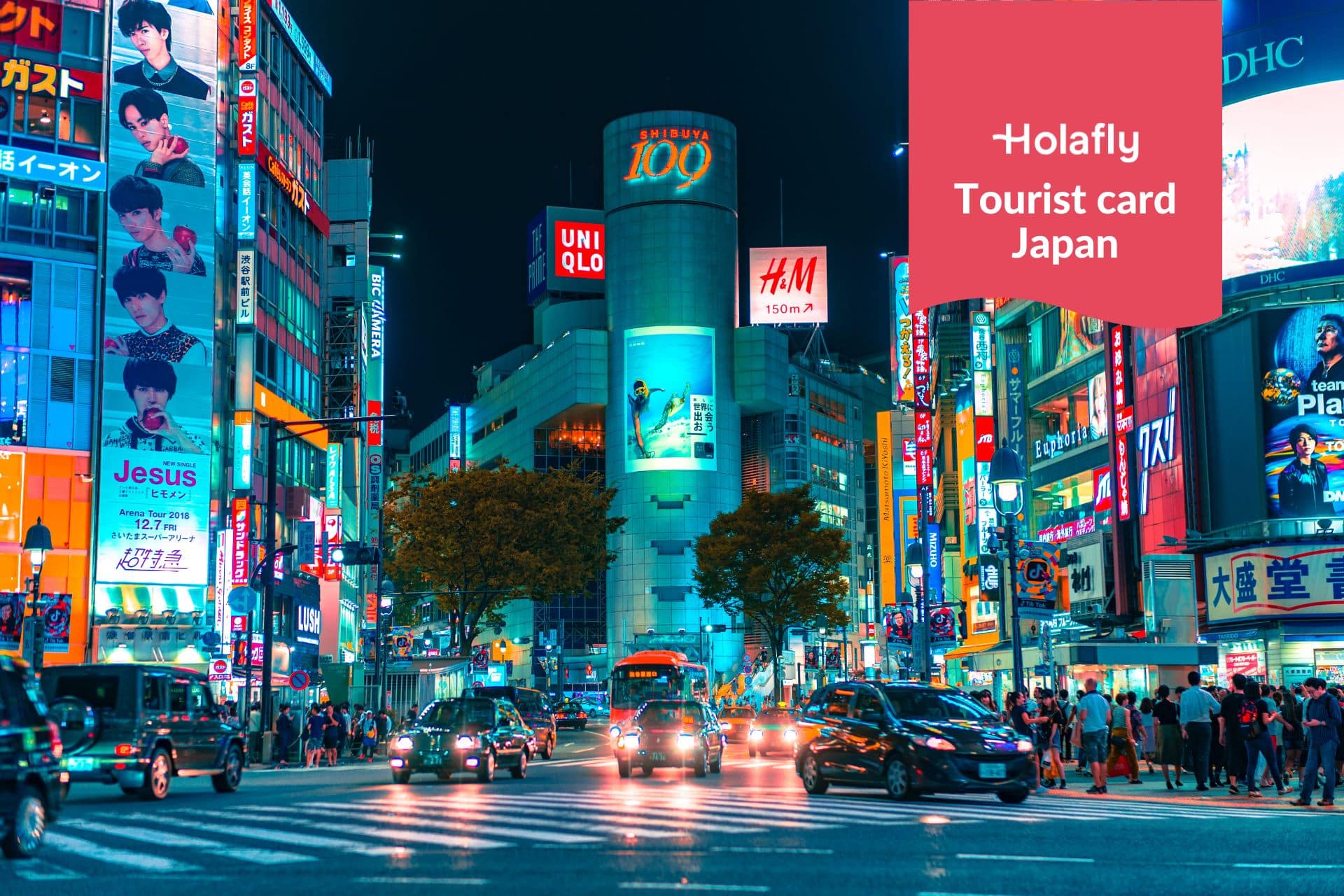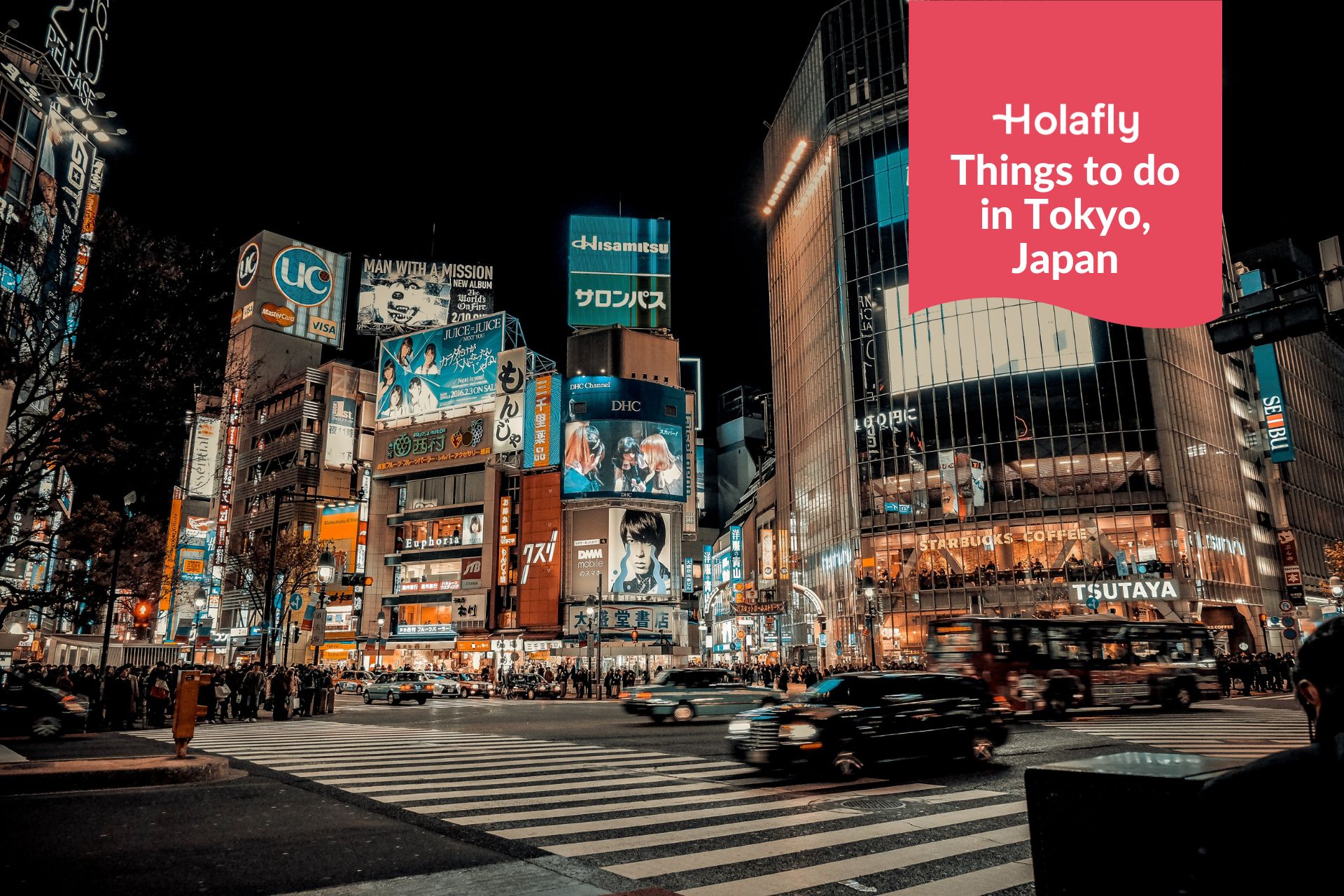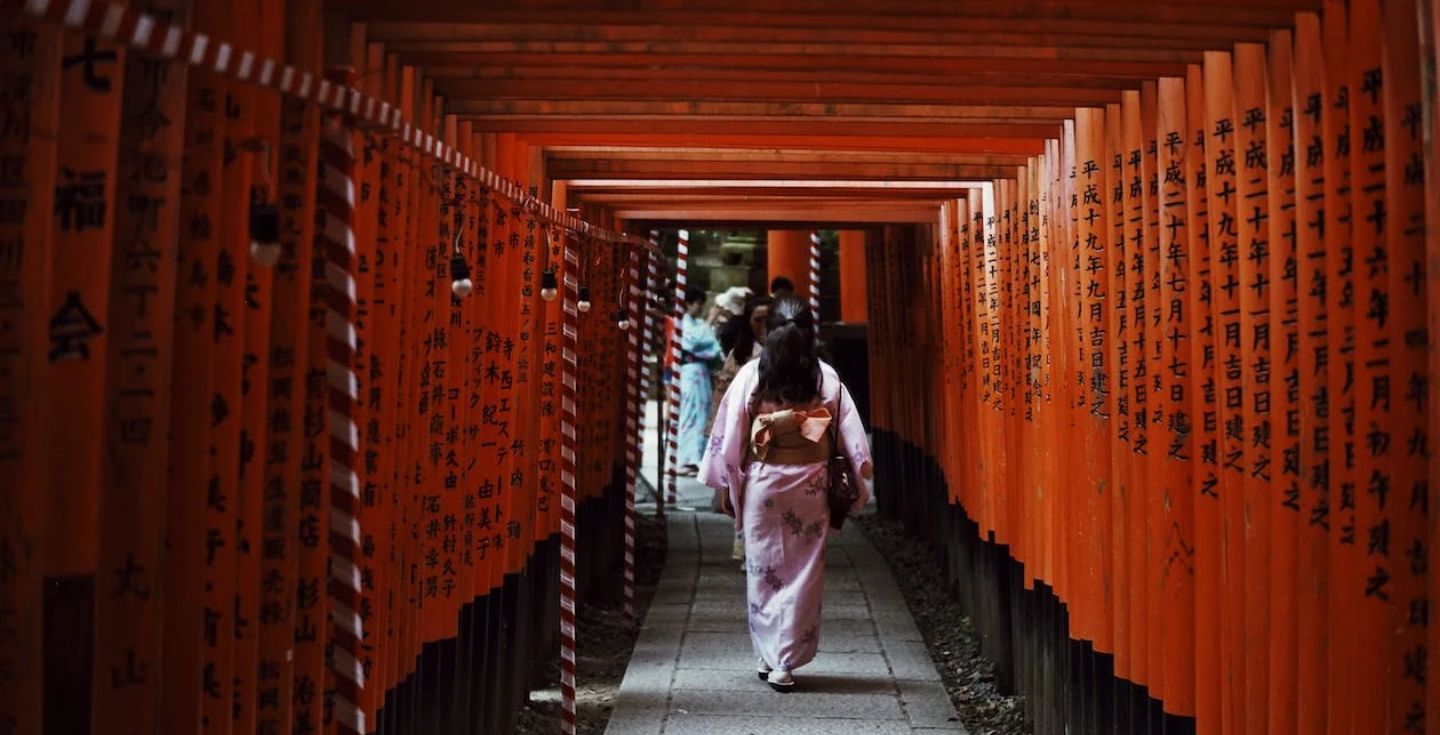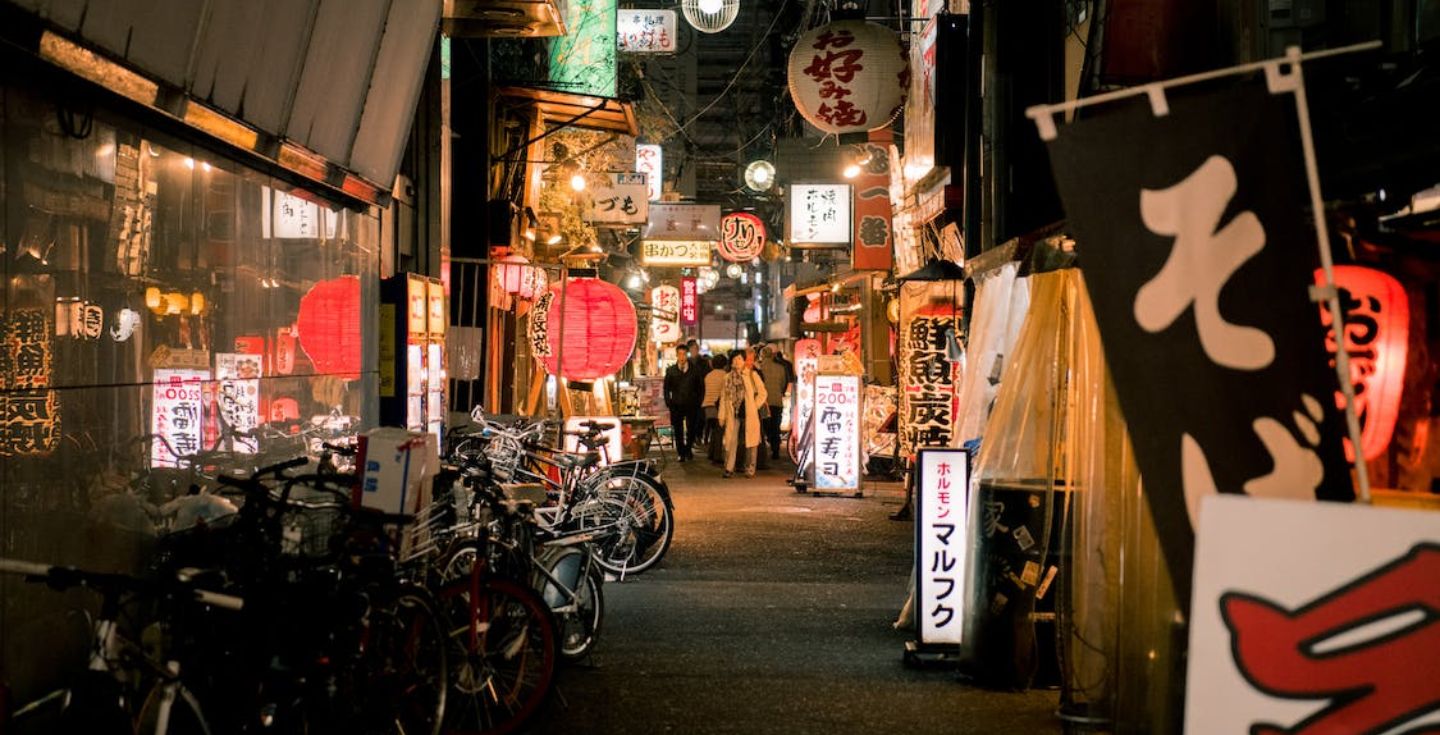Solo travel in Japan: The insider’s guide
The best ways to solo travel in Japan from someone who’s done it and loved it. All you need to know on where to go, where to stay, and how to do it safely. I researched for a year before I went — let me save you the time.
“We travel not to escape life, but for life not to escape us.” – Anonymous
Solo travel to Japan is a life-changing experience. Depending on where you’re starting from, you can be any number of miles away from home — experiencing a culture, cuisine, and land only known to Japan.
This ancient island floating off of the coast of Asia has called to adventurous and curious travelers like you and me for ages. Now, thanks to favorable conversion rates, it’s one of the best times ever to travel to Japan!
I’ve put together everything I learned from my experience into this guide to help you on your journey. Whether you’re just daydreaming or are lucky and dedicated enough to make it a reality, here’s how to solo travel in Japan, without missing all the best things to do in Japan.
Is Japan good for solo traveling?
Japan is an excellent place for traveling solo! It’s a very safe country with lots of mobility. It’s a solo traveler’s dream with its safe streets, efficient transport, and endless adventures from neon-lit cities to serene temples.
Here’s why I loved it:
- The people are kind: Japanese culture is rooted in respect. Though you may come across a language barrier from time to time, you will find that people will be happy and willing to help as much as they can.
- There’s lots to do: As you’ll see from this guide, there’s a lot for solo travelers to experience in Japan. From learning about Japanese ancient traditions at sacred sites to immersing yourself in some of the most populous cities in the world, you won’t be bored.
- It’s safe: There’s no price on peace of mind. Japan is widely recognized as one of the safest countries for travelers worldwide. It has a low crime rate, with the majority made of petty crime in the cities.
- You can get around easily: You can use the Japan tourist card for scenic and efficient travel throughout the country and inside big cities on the famous Japan Rail train, or on the bustling but orderly public transport.
- It was foreign, but I felt connected: While solo travel in Japan can take you worlds away, I made sure in advance I’d have full use of my phone in Japan to access important travel apps like Google Maps and Airbnb and would be able to stay in touch with friends and family.
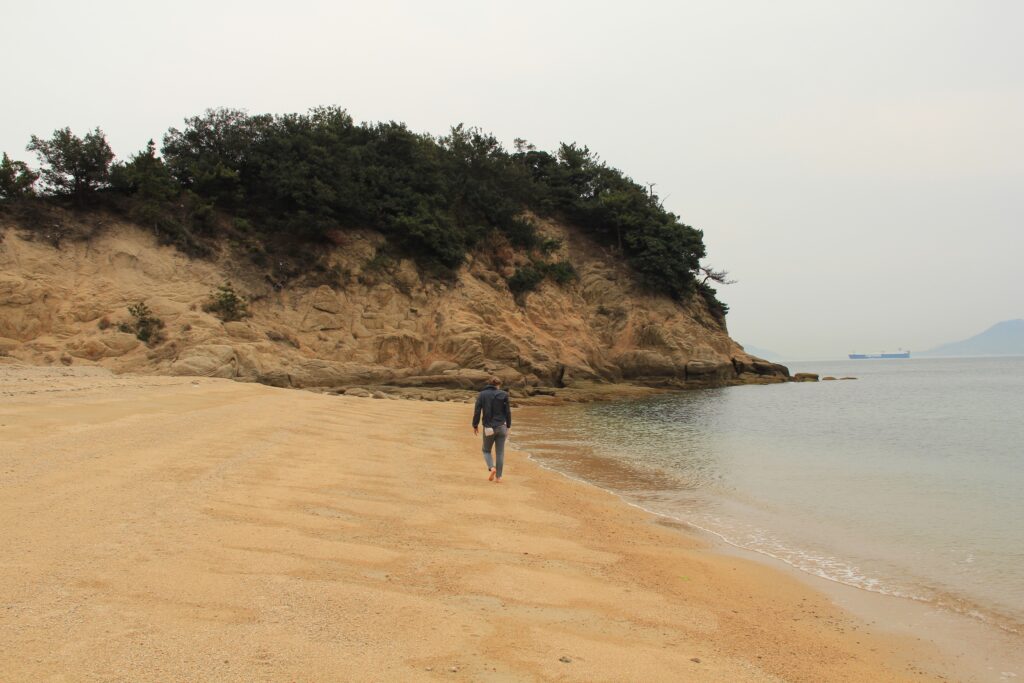
Planning your solo travel to Japan
Before you start packing for Japan, let’s talk timing and cost. This will help you decide the perfect time of year for your trip and design your budget.
When is the best time to visit Japan?
While the country is beautiful year-round, each season has its own set of advantages and disadvantages. The best time to visit Japan depends on what you want from your trip.
Here’s a quick glimpse, season by season:
- Spring is the best season for catching the beautiful cherry blossoms, or sakura, but it’s also one of the most crowded times to visit.
- Summer is one of the most lively seasons, with festivals like Gion Matsuri, held annually throughout July in Kyoto, but the weather can be quite hot, humid, and even hard to handle in big cities.
- Fall is loved for fall foliage, where the trees turn golden, but this is also a high tourist season and can affect crowds and prices.
- Winter is a great time to visit Japan’s snow-kissed national parks, ski the Japanese Alps, or soak in an onsen, but colder temperatures make for shorter strolls and less exploring in the cities.
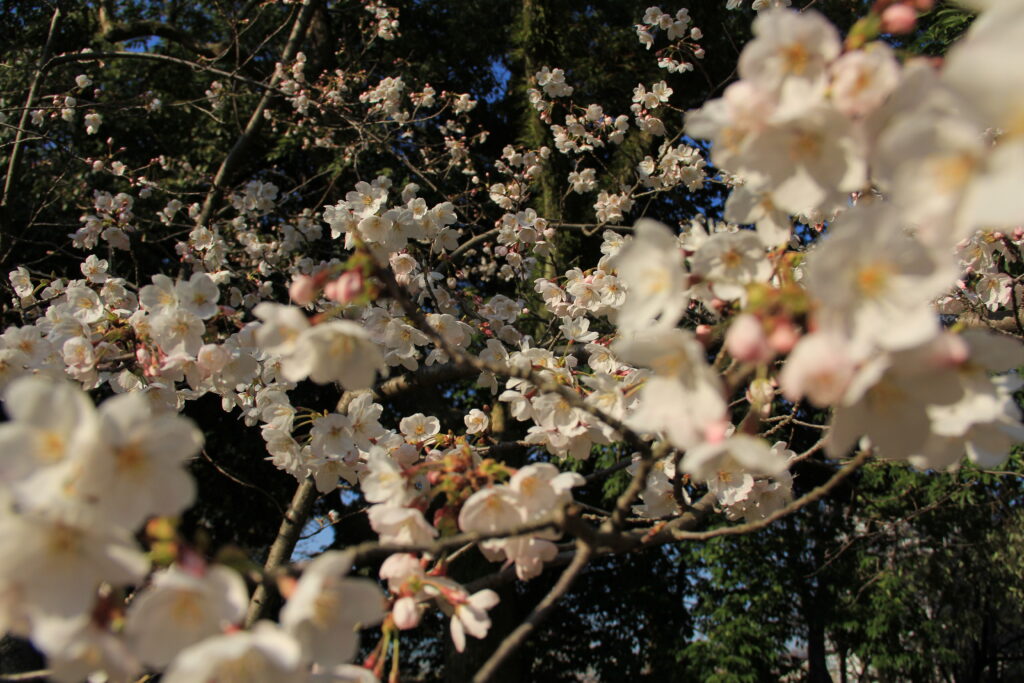
How much does a solo trip to Japan cost?
To travel solo in Japan you’ll need about $1,225–$2,370 USD for one week for budget- to mid-range spending.
However, there are many variants inside this price range, including time of year, origin of flights, and more.
Thanks to favorable conversion rates, the cost of traveling to Japan is one of the best it’s been for solo travelers.
The US dollar is 15% stronger than it was one year ago in comparison to the Japanese yen, and 43% stronger than five years ago, making more room in your budget for anime, onsen, and ramen.
Here are some great ways to save:
- Get unlimited data with an eSIM for Japan — it’s secure, easy, and cost-effective
- Track flights in advance and watch trends to see the best time of year to go based on your city of origin
- Stay at hostels — they’re one of the least expensive options for accommodation, and you get to meet other travelers
How to get around Japan as a solo traveler
Taking on Japan solo is made easier by Japan’s efficient and effective transportation system. You’ll be amazed at how timely they are.
One time, I even saw a train waiting to pull up just before the station — it was two minutes early, and wanted to be right on time.
The roads are safe, and there are a lot of pedestrian streets, so you can walk or even rent a bike for a more intimate experience.
Here are some of the best ways to get around as a solo traveler in Japan:
- Enjoy solo trips across the country via the JR train, connecting most cities
- Use the incredibly clean, orderly, and organized subway system in the city
- Use taxis (ride shares are not very common)
- Rent a bike to explore your surrounding area
- Explore your area on foot — especially on hikes! You’ll find many scenic hiking trails in some of the best places to visit in Japan.
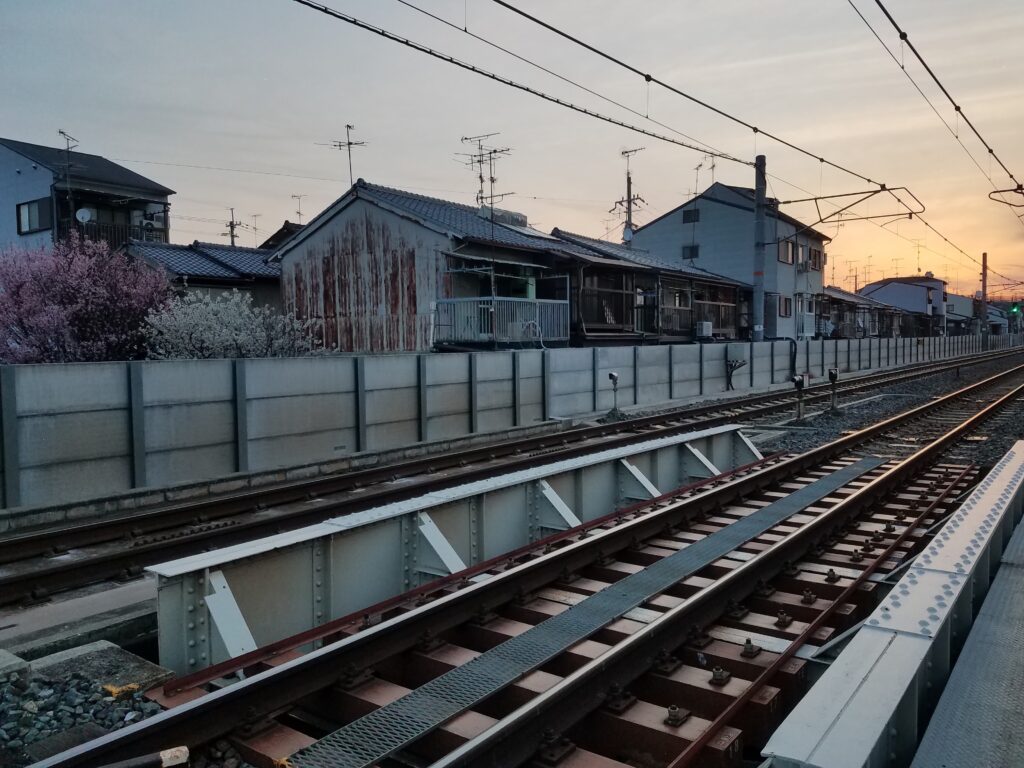
How to meet people in Japan as a solo traveler
Sometimes travel becomes about the people you meet rather than the places you go.
From the peaceful nature of Mount Fuji to the bustling metropolis of Osaka, there’s a great conversation waiting for you.
Here are some ways to meet people as a solo traveler in Japan:
- Go on a group tour: Whether it’s history, food, or nature, group tours are a great way to meet people with common interests and explore Japan.
- Stay at a hostel: Hostels are filled with fellow travelers, often organize social gatherings and group activities, and have common spaces to meet people.
- Try MeetUp: From language exchange groups to running groups, this mobile platform is a trusted way to make new friends.
Top 5 activities for solo travelers in Japan
Taking highlights fit for traveling solo from this Japan travel guide and adding a few more from my personal experience, here are the five best things to do on your trip.
1. Explore Tokyo’s neighborhoods
There are so many things to do in Tokyo, you could get lost in the options. It’s one of the biggest cities in the world, with over 30 million people in the greater Tokyo area.
To best explore all Tokyo offers, I recommend you book a group tour with a local guide.
With local guidance, you’ll be able to get your bearings, learn about local history and culture, and mark out where you may want to go off the beaten track.
Plus, it’s a great way to meet fellow travelers. Airbnb Experiences offers a number of loved group tours of the neighborhoods, and I recommend you start there.
🗺️ Sam’s travel tip: Though English is widely spoken in the city, language barriers do exist. Be sure you have internet access to use Google Translate when exploring. From identifying quirky vending machine items like umbrellas, ramen, and bananas to clarifying something with your guide, a translator will be handy.
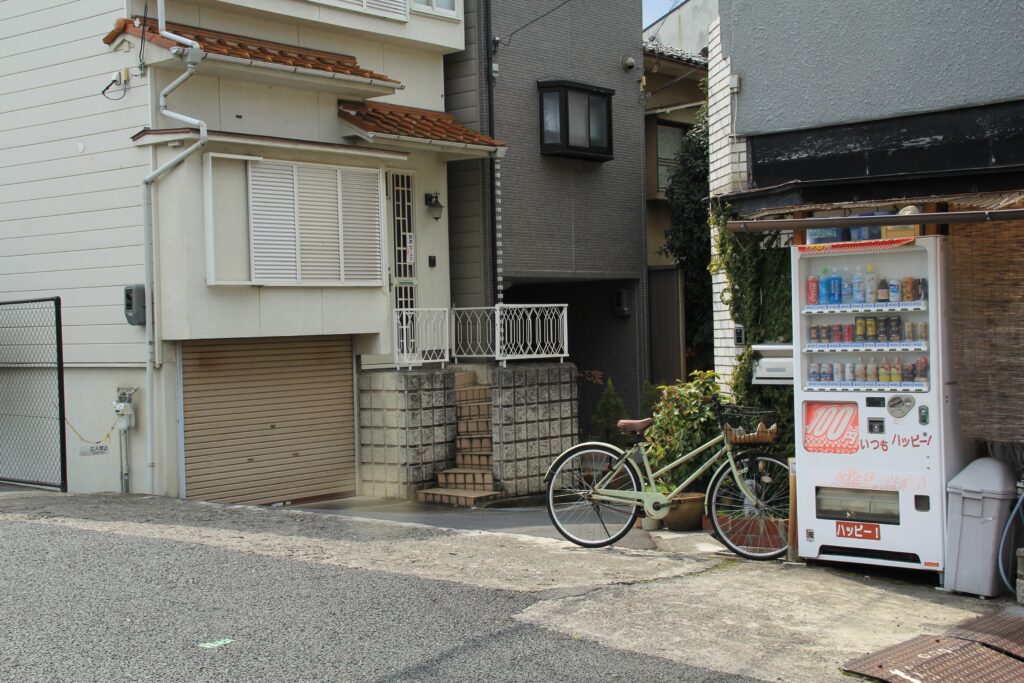
2. Visit famous sites
Home to over 20 world heritage sites and dozens of thousands of sacred shrines and famous Buddhist temples, there’s much to see as a solo traveler in Japan.
Here are a few options:
- Arashiyama Bamboo Grove in Kyoto is one of Japan’s most iconic and serene attractions. It’s perfect for forest bathing in the city, filled with towering bamboo stalks that create an otherworldly atmosphere. If you can make it around sunset, that’s the best, as the sunlight filters through the dense green canopy. Plus, it’s near the Tenryu-ji Temple, a UNESCO World Heritage Site, so you can even visit them on the same day.
- Fushimi Inari Taisha in Kyoto is world-famous and highly photographed, thanks to its thousands of vibrant red torii gates that line the pathways up the sacred Mount Inari. It can be a long wait during high tourist seasons (spring and fall), but it’s worth it.
- Meiji Shrine (Meiji Jingu) is a culturally rich landmark in Tokyo. It’s located in the Shibuya district and surrounded by a large forest, creating an oasis in the city. Shinto shrines represent significant spiritual, architectural, and cultural landmarks. I found them very moving on my trip and 100% recommend them.
- Tokyo Imperial Palace is an impressive place to learn about Japan’s history and culture. Enjoy stunning architecture, well-kept gardens, and free entry (except on Sunday and Monday, when it’s closed).
🗺️Sam’s travel tip: Be sure to review things not to do in Japan before visiting these sites to save yourself from any faux pas. It’s helpful to be conscious and respectful of cultural norms, particularly at important sites.
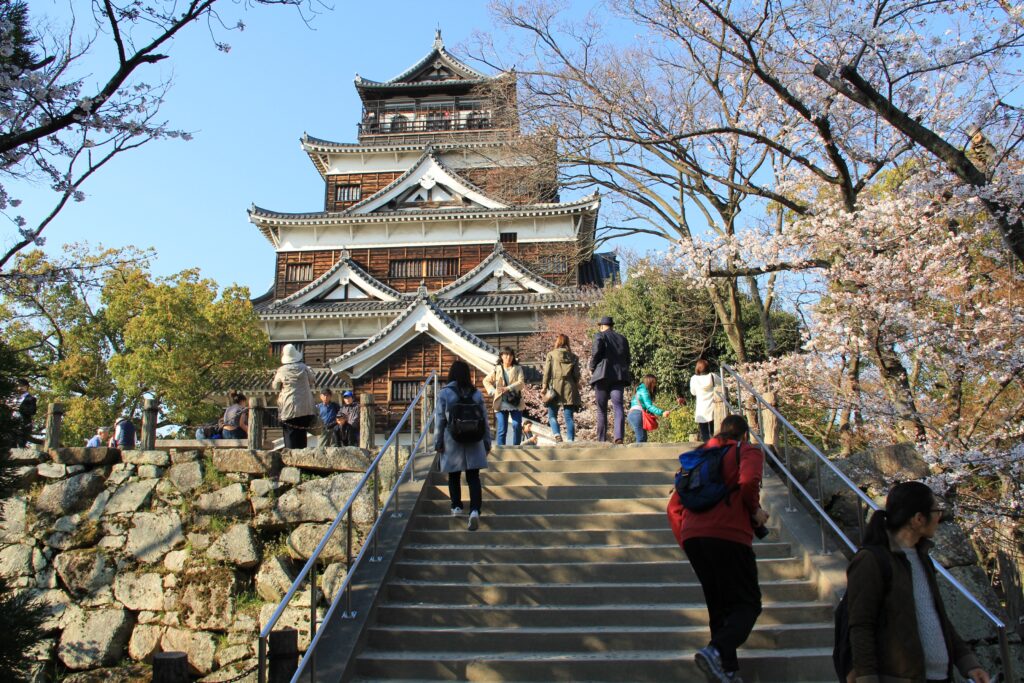
3. Go to a tea ceremony
The Japanese tea ceremony, chanoyu, is about more than just drinking tea; it’s a ritual that emphasizes harmony, respect, purity, and tranquility — all traditional values of Japanese culture.
Taste the origins of matcha tea and learn how the ceremony became a way to connect with nature and spirit through the simple act of preparing and sharing tea.
Kyoto is a great place to have this authentic experience, with its centuries-old teahouses and tranquil gardens. I highly recommend this as a great way to experience Japan’s deep cultural roots.
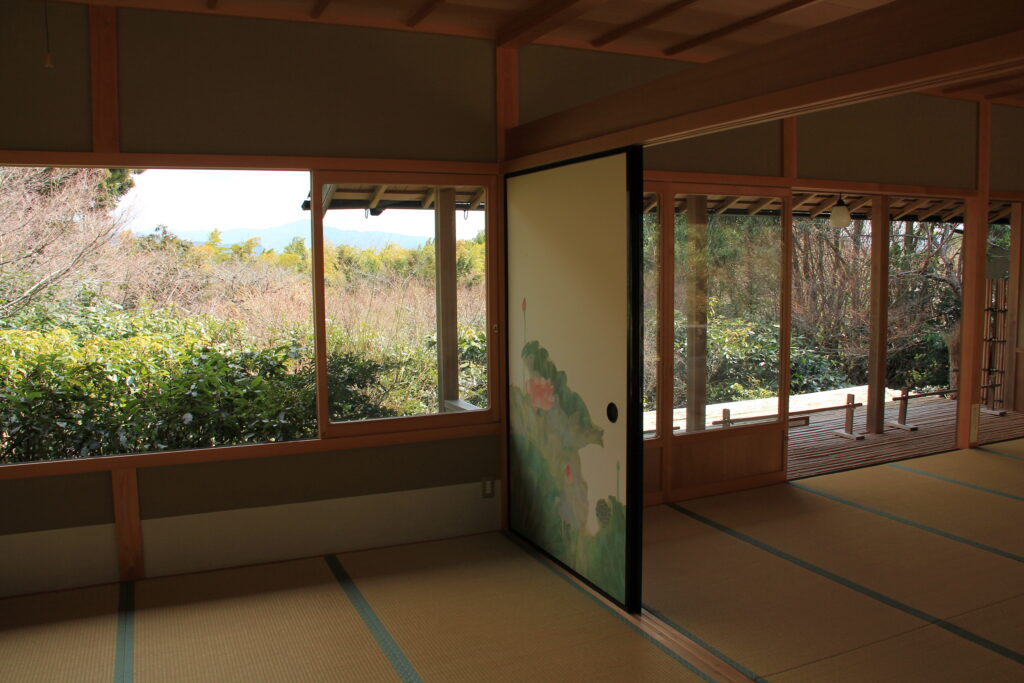
4. Enjoy the onsen experience
Solo travel in Japan deserves some rest, and the best place to do that in Japan is at an onsen.
One of the most memorable experiences I had on my trip to Japan was going to the onsens, which are a beautiful part of Japanese culture, offering a place for people to rest, relax, and connect with nature.
They also represent admirable Japanese values, as people of all ages enjoy the onsen together, taking care of themselves and respecting a gentle time for relaxation and quiet reflection.
Public onsens can cost ¥300 to ¥2,000 (around $2–$15 USD). Or, you can stay at luxury resorts or Ryokan onsens for ¥10,000 to ¥30,000 (approximately $70–$200 USD) per night, which often includes meals and access to private baths.
5. Visit museums and art galleries
Japan’s memorable mix of ancient tradition and modern influence is best expressed in its museums and art galleries.
From downtown Tokyo to the artist’s haven, the island of Naoshima, Japan offers both cultural immersion and global inspiration.
Visit these museums and galleries:
- Benesse House Museum on Naoshima Island for contemporary art, offering both indoor exhibits and outdoor sculptures like Yayoi Kusama’s famous pumpkins
- Osaka Museum of History for a blend of modern and traditional art
- Ginza Graphic Gallery in Tokyo for graphic design
🗺️Sam’s travel tip: Go on a group tour to gain deeper insight into the art and history of Japan. Plus, it’s a chance to meet new people!
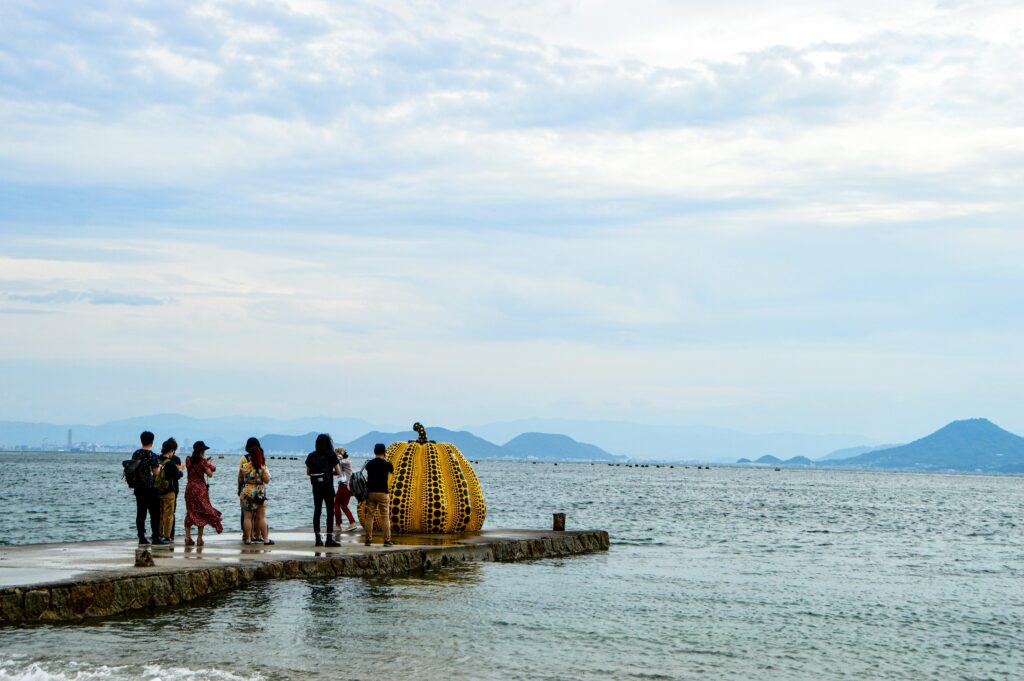
Accommodations for solo travelers in Japan
Accommodation is a huge part of your experience and expenses on your trip to Japan. To make the best choice for your dream Japan solo travel and budget, let’s explore the options.
Hostels
Hostels are a great option for solo travelers in Japan looking for a social atmosphere, affordability, and convenient amenities.
The average cost of a hostel for a solo traveler in Japan ranges from ¥2,500 to ¥4,000 per night (approximately $17–$27 USD), depending on season and location.
You can find hostels through platforms like Hostelworld or Booking.com, which are helpful as they also provide reviews and availability. Here are a few options for a solo traveler in Japan:
- Beagle Tokyo Hostel & Apartments in Tokyo, near Tokyo Haneda Airport, from $51.70
- The Millennials Kyoto, where you can stay in a high-tech and multi-functional sleeping pod, from $51.43
- R Hostel Namba South, a social hub near Dotonbori in Osaka, from $25.42
🗺️Sam’s travel tip: Do your research well in advance! Why?
- Prices fluctuate depending on seasons, so monitor them to make sure you get the best deal.
- Reservations fill up quickly during peak seasons (spring and fall), so grab your spot while you can.
- It’s important to read reviews before you book — I’ve found this particularly true for hostels and rentals.
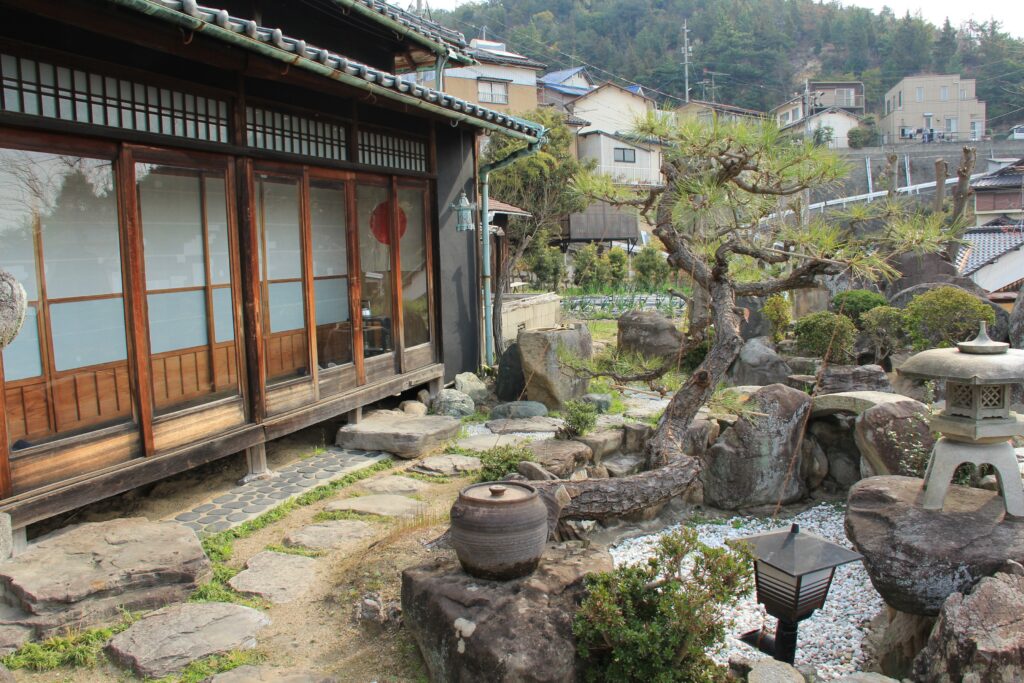
Hotels
Hotels offer amenities and privacy, providing the solo traveler rest and reprieve. On average, hotel stays in Japan cost approximately ¥17,000 ($130 USD) per night.
Yet, budget-friendly hotels, particularly 3-star options, can cost around ¥7,800 to ¥10,000 ($60–$80 USD) per night, especially outside peak seasons.
🗺️ Sam’s travel tip: If you know the area you would like to stay in or the main attractions you would like to visit, search for hotels around there.
Rentals
Rentals through organizations like Airbnb and HomeAway are a great way to experience local culture through accommodation when considering how to plan a trip to Japan.
Through Airbnb, you have the option of renting a private room in a shared setting, often with the owners, or renting the entire place.
Either way, you’re immersed in an actual home in Japan, providing insight into the Japanese lifestyle and a cozier stay than at hostels and hotels.
To budget for a rental in Japan, the average cost for a private room is around ¥5,000 to ¥8,000 ($33–$54) per night.
While a modest entire rental in Japan typically ranges from ¥8,000–¥15,000 ($54–$101) per night. These prices fluctuate depending on cities and travel seasons.
🗺️Sam’s travel tip: What I enjoy most about rentals is the hominess and amenities. If you rent the whole place you’re often granted a kitchen, which helps to save cash as you can cook some meals at home. Stay in a rental and visit a local grocery store for local flavor and as a cash-saver.
Ryokan (traditional Japanese inns)
Staying in a ryokan allows solo travelers to experience Japan’s heritage in a more intimate, immersive way compared to modern hotels.
They offer an authentic Japanese experience with tatami rooms and futons, creating an atmosphere rooted in tradition and relaxation.
Many include access to onsens and serve kaiseki, a traditional meal made up of multiple courses showcasing seasonal ingredients and Japanese culinary artistry. Prices range from ¥10,000 to ¥50,000 ($70–$350) per night, depending on location, services, and meal options.
🗺️Sam’s travel tip: The closer to nature the Ryokan, the more special it is. Search for Ryokans in scenic destinations outside of the cities for a relaxing and nurturing getaway.
Best restaurants and food for solo travelers in Japan
One of the best things about Japan is the food. From ramen to sushi, street food to traditional meals, here are great places to taste Japan.
Street food
Japan has an amazing street food culture. Find a mix of the new and old through these tasty, quick bites. Plus, it’s relatively affordable, ranging from ¥300 to ¥1,500 (approximately $2–$10).
Must-eat Japanese street food:
- Takoyaki: Fried octopus balls
- Karaage: Japanese fried chicken
- Ikayaki: Grilled squid served on a stick
- Taiyaki: Fish-shaped pastry filled with red bean paste
Best places to find street food in Japan:
- Kuromon Market: A cultural treat and fun place to find iconic street food dishes, also one of the foodie-favorite things to do in Osaka
- Dotonbori: A neighborhood in Osaka known as the birthplace of takoyaki, with street vendors all over
- Asakusa: A neighborhood in Tokyo famous for its taiyaki vendors
Coffee shops
A favorite place of mine to spend some free time while traveling is at a coffee shop. In major cities in Japan, coffee shops are a great place to see the local lifestyle, fashion, and culture — not to mention, to grab a great cup of joe!
Single travelers in Japan can find cool coffee shops in these areas:
- Shimokitazawa in Tokyo for the cozy, artsy, bohemian vibe — popular for both locals and travelers.
- Harajuku in Tokyo offers stylish cafes — the neighborhood is right near Takeshita Street, filled with boutiques and unique stores, which is also worth a stroll.
- Namba in Osaka is known for its nightlife but also has cool cafes in hidden corners.
🗺️ Sam’s travel tip: Bring a notebook, camera, or drawing pad with you wherever you go! Coffee shops are great places to get inspired.
Casual dining
Enjoy authentic Japanese food in a relaxed, budget-friendly atmosphere at these casual dining spots:
- Ramen shops: A must-do. Ramen is a famous, delicious, and traditional dish of Japan made of noodles and either miso- or bone-based broth, often featuring meat and local seasonable vegetables. Expect to spend ¥700 to ¥1,200 ($5–$9) for a bowl of ramen at a quick and casual shop.
- Kaiten Sushi (conveyor belt sushi): Pick your favorite sushi as they pass by in front of your seat. Everyone usually sits at the bar where the conveyor belt goes by, so it’s a nice option for solo travelers to meet other people. Depending on how much sushi you go for, you can spend an average of ¥1,000 to ¥2,500 ($7–$18).
- Japanese BBQ: A social and relaxed way to enjoy great Japanese food. You can share a table with others and cook your food right there. Expect to spend around ¥1,500 to ¥3,000 ($10–$20).
🗺️ Sam’s travel tip: Watch the quirky indie comedy Tampopo before you go to see just how important the perfect bowl of ramen is.
Fine dining
If you’re willing and able to spend on a luxurious meal while in Japan, you’ll have many different options to choose from.
Tokyo is considered one of the world’s culinary capitals, home to over 200 Michelin-starred restaurants. And Kobe, nestled between the Rokko Mountains and Osaka Bay, boasts some of the best meat in the world, with plenty of fine dining restaurants featuring the local delicacy.
Fine dining can cost you ¥10,000 to ¥30,000+ ($70–$220+). Here’s what you can expect from the experience:
- Artful presentation: Japanese culinary arts are practiced with care and precision.
- Attention to detail: From the ingredients to the ambiance.
- Excellent service: With knowledgeable and attentive staff.
🗺 Sam’s travel tip: Take the opportunity to eat different food than what you have in your home country. Ask the staff for recommendations and be open to new experiences.
Safety tips for solo travelers in Japan
Solo travel in Japan is generally safe. Yet, it’s always smart as a solo traveler to consider safety. Above and beyond the tried and true reminders like “make good choices,” “trust your instincts,” and “never meet a stranger in a secluded setting,” here are some specific tips for traveling solo in Japan safely:
- Download the best travel apps for Japan before you go to navigate safely.
- Share your location with friends and family so someone always knows where you are.
- Be aware of your surroundings: While violent crime is commendably low in Japan, major cities do experience petty crime, so stay smart and keep an eye out.
🗺 Sam’s travel tip: Get an unlimited data eSIM for Japan so you can run all of the location services and apps that you need without worrying about roaming charges. It’s much easier than a physical SIM card (which I’ve realized I’ve lost or forgotten at one too many airports) and more convenient than pocket WiFi, which you have to carry around.
🗺️ Okay, one more travel tip from Sam: Be kind and enjoy! Visiting Japan is an opportunity of a lifetime that not all are fortunate enough to experience, so soak it up, be a respectful traveler, and send pics! Sayōnara, until next time.





 Language
Language 


















 No results found
No results found



